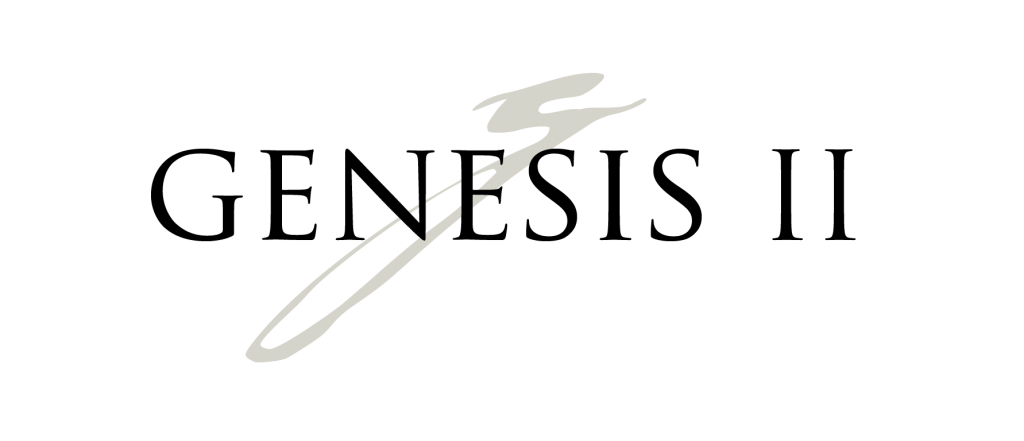
Also known as a hair-pulling disorder, trichotillomania is a mental disorder characterized by a recurrent and irresistible urge to pull hair from the scalp, beard, eyebrows, and eyelashes. The affected people often pull their hair to soothe themselves whenever they are stressed. With time, hair pulling may lead to hair loss and leaves patchy bald spots on the scalp.
While the condition is mild and manageable for some people, to others, it can be overwhelming and may require medical intervention.
What are The Symptoms of Trichotillomania (Trich)?
Besides hair pulling, other symptoms of trich include:
Repeated and unsuccessful attempts to control or entirely stop hair pulling
Impaired social and occupational functioning, often associated with hair pulling distress
Noticeable hair loss, such as patchy bald areas on the scalp, thin hair, or uneven hair growth
A sense of tension before pulling hair or when struggling to resist the urge
Feeling relieved after pulling hair
An urge to chew or swallow pulled hair
Irresistible urge to pull hair privately
Preferring certain hair types and textures
Uncontrollable urge to twist hair, inspect the hair root, and count hair
Rubbing pulled hair on your face or skin
Trich may also come with other disorders like onychophagia (nail biting), skin picking, and chewing lips. Also, pulling fibers from blankets and clothes or hair from pets and dolls may signify trichotillomania. Mostly, people suffering from trich do not like disclosing it. They cover up the bald spots with hats, wigs, and scarves.
Causes of Trichotillomania and Predisposing Factors
Although there is no known cause of trichotillomania, some studies associate it with changes in brain pathways that link to how you manage emotions, control impulses, and create habits. Additionally, some things have been found to trigger and put you at risk of trichotillomania. These include genes, age, stress, and other mental health disorders.
Treatment
A doctor will diagnose trichotillomania based on the symptom because there is no specific test for it. The most common treatment method is the use of medications such as antidepressants. Although there are no FDA-approved medicines for trich, the drugs used appear to be more tolerated by most people and with the most negligible side effects. For some people, behavior change and treatment bring out better results in treating trichotillomania.
Final Thoughts
Trichotillomania is a long-term disorder and can impact your life negatively if not treated. Please do not shy away from the condition; it will only get worse. If you’re suffering from trichotillomania, contact Genesis II today.
Photo Credit: JerzyGorecki Via Pixabay
Sources:
1. https://www.mayoclinic.org/diseases-conditions/trichotillomania/symptoms-causes/syc-20355188
2. https://www.mayoclinic.org/diseases-conditions/trichotillomania/diagnosis-treatment/drc-20355193

